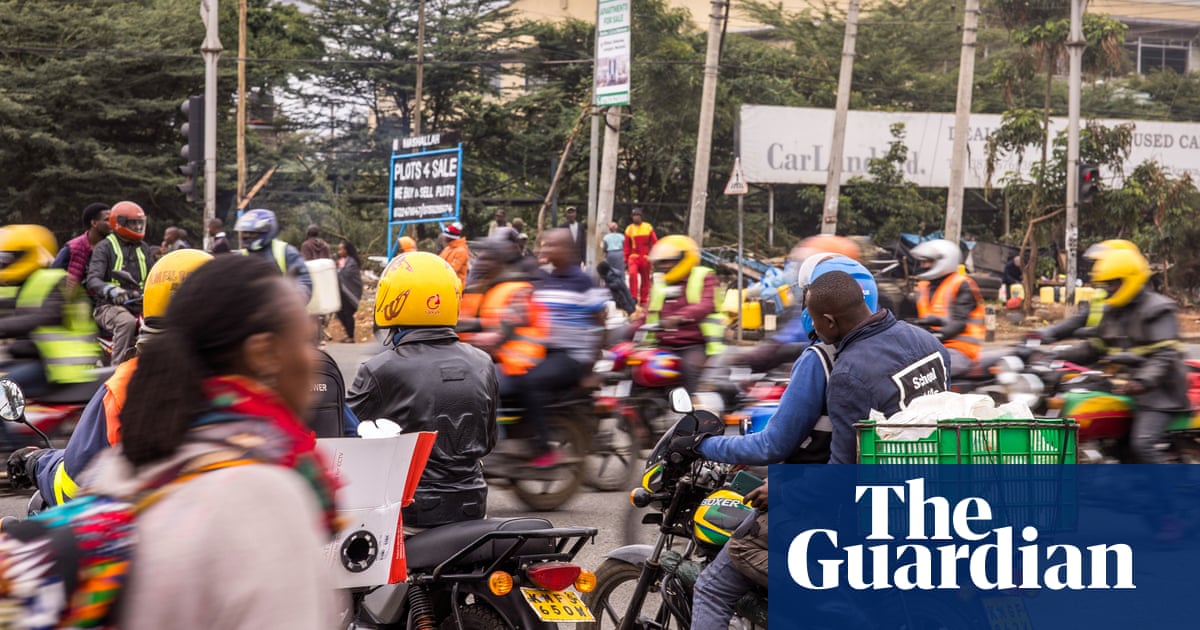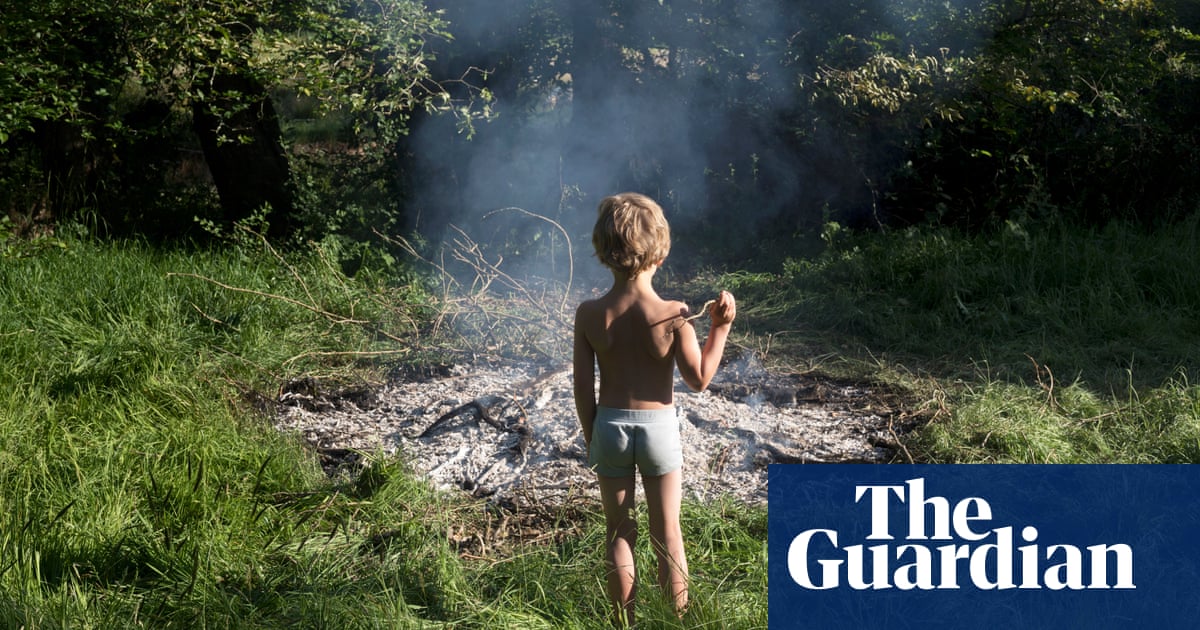
Road deaths in one of Britain’s biggest police force areas have increased by 42% this year despite a substantial drop in traffic during lockdown, with a senior officer blaming boy racers driving high-speed leased cars, often high on drink or drugs.
Cycling organisations and lawyers representing injured cyclists report a similar picture nationally, with one law firm saying cycling cases were up 45% year-on-year.
Six cyclists and 16 pedestrians have been killed on Greater Manchester’s roads this year, compared with three and 13 in the same period last year, according to Greater Manchester police (GMP). Driver deaths have increased from six to 13, and passengers deaths from one to four. In total, 44 people have died in road accidents in the region this year, up from 31 last year.
Ch Insp Matt Bailey-Smith, of GMP specialist operations, said many accidents involved young men who had leased high-end cars – often Audis and BMWs worth £50,000 or more – to race against each other.
“We do see sadly that the younger male population are those who are generally involved in the high-speed competitive driving, particularly in relation to drugs. We see a lot of young people with quite high-powered, leased vehicles,” he said.
“We see that as a bit of a problem and are working hard with these leasing companies to cancel policies and have vehicles removed when they are being irresponsibly used or effectively sublet to friends. A lot of the focus seems to be around Audis, in particular the S models – the S3, S4, RS models – which if you are into cars you will know are very high-powered vehicles,” he said.
An Audi S4 costs from £50,200 to buy new but can be leased for around £540 a month, making it affordable for young men on moderate salaries who may still be living with their parents rent-free.
Children walking and cycling are among those to have died in road collisions in Greater Manchester this year. On 23 July, eight-year-old Safiullah Asif was killed by a black BMW while crossing the road in Ashton-under-Lyne. Two weeks later, six-year-old Kidus Wondwosen died after being hit by a car while he was riding his bike near Hulme, just outside Manchester city centre.
In Greater Manchester around 115,000 trips are now made by bike each day, up from approximately 100,300 pre-lockdown, according to Transport for Greater Manchester. On 29 March, during the peak of lockdown, there were 1.034m car trips on the region’s roads, down from 5.082m on 9 March. Post-lockdown, traffic levels are now at 86% of normal levels.
Bailey-Smith said he had got back on his bike for the first time in 20 years and found it a very different experience from what he was used to. “I think we are seeing more people taking to cycling who perhaps haven’t cycled for a number of years and are less proficient. We want to make sure they are proficient and confident with modern roads.”
Nadia Kerr, the head of cycling claims at JMW solicitors, said: “We have seen a 45% increase in lead enquiries between March and August compared to the same period in 2019. We are seeing a greater volume of inquiries from people who are new to cycling, people giving it a try, and perhaps don’t really know how to cycle safely, [or] where to position themselves on the road.
“It worries me. It would be a huge shame if these people are put off cycling, because we know how good it is from a wellbeing and environmental perspective. That’s why is is critical that the government invests in cycle training for all.”
Duncan Dollimore, Cycling UK’s head of campaigns, said: “Since the quietest period of lockdown, Cycling UK has heard alarming cases of vehicles in collision with people out cycling. We don’t yet have the road traffic injury statistics for 2020, so it’s impossible to say whether the number of collisions has gone up or down, but what we can with certainty is that the evidence consistently shows that the health benefits of cycling massively outweigh any risk of injury.
“Nevertheless, the biggest barrier for most people taking up cycling for everyday short journeys is the perception it is dangerous. While each report of death and serious injury builds this barrier up, there is one surefire way to tear it down: joined-up networks of protected cycle lanes.
“The one silver lining of the pandemic is we have the opportunity to change the way we move in our cities and towns for the better. It’s down to national and local governments to make sure we don’t lose this opportunity.”
A spokeswoman for the Department for Transport (DfT) said: “We want to keep every road user safe, particularly vulnerable ones. The Gear Change cycling and walking plan launched by the prime minister in July sets a vision for safer streets where nobody is afraid to cycle, every child is confident and safe walking or cycling to school, and all road users treat each other with mutual respect.
“To achieve this, we will support thousands of miles of new safe, continuous, direct routes for cycling in towns and cities, as part of a £2bn programme of investment in cycling and walking.”
According to the most recent statistics published by the DfT, 99 cyclists and 456 pedestrians died on Britain’s roads in 2018. National figures for this year will not be available until 2021.












